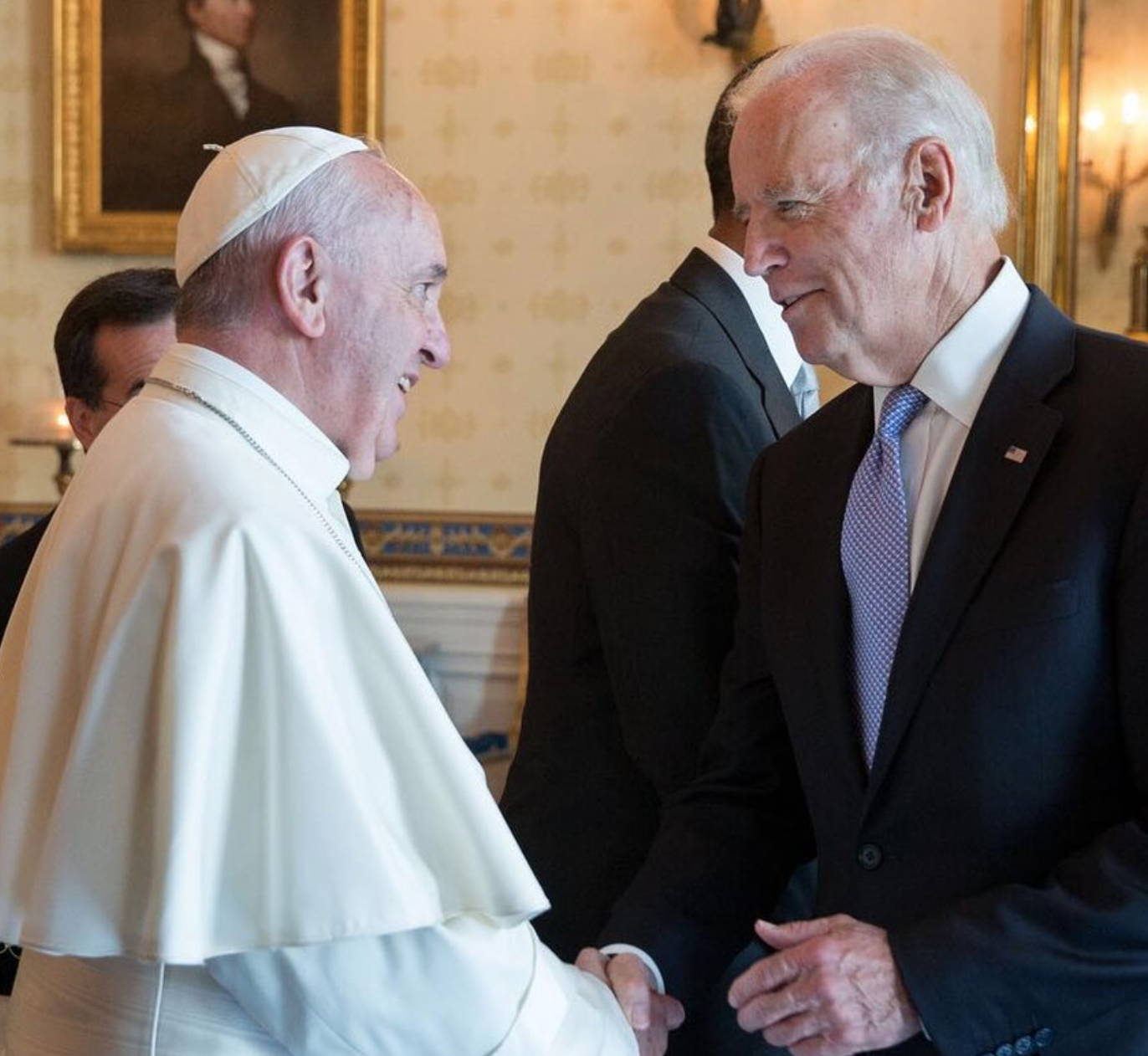The topic of this Memo will not surprise readers.
It’s time to focus on the U.S. Catholic vote in 2024, following up a prior Memo assessing religion angles with Donald Trump’s prospects. The Guy once again advises journalists and other observers that Catholics are more pivotal politically than unbudgeable Democrats such as Black Protestants, non-Orthodox Jews and non-religious Americans.
Ditto with the long-running lockstep Republican loyalty among white evangelical Protestants and Latter-day Saints, in national-level elections when they are pushed into a two-party vise. As for America’s other major religious bloc, the more liberal “Mainline” Protestants, they are nearly split down the middle, usually with slim Republican majorities, and they are declining in influence as memberships shrink.
The past generation saw two U.S. political earthquakes. With one, many Southern white Protestants left the Democrats, effectively ending that party’s “Solid South” that dated from the Civil War, Reconstruction and the New Deal eras. Earthquake No. 2 was the move of white (that is, non-Hispanic) Catholics away from Democratic identity that originated in 19th Century immigration, reinforced in the presidential nominations of Al Smith and John F. Kennedy (who won 78% of Catholic voters in 1960, according to Gallup).
Today, this chunk of the broadly defines “Catholic vote” provides pretty consistent and modest but all-important Republican majorities. The Pew Research Center reports they were evenly split between the two parties as recently as 1994, the year Republicans finally won the U.S. House after four decades of failure. By 2019 they identified as Republican by 57% (and weekly Mass attenders moreso) even though the G.O.P. has never nominated a Catholic. (Could Florida’s Ron DeSantis be the first?)
Around two-thirds of Hispanic Catholics have consistently identified as Democrats, but the media will want to closely monitor their float toward the G.O.P in certain regions, especially pivotal parts of Florida and Texas. Note that Pew newly reports that 67% of Hispanics identified as Catholic in 2010 but only 43% in 2022. The cause was not Protestant inroads, but a remarkable jump from 10% to 30% over a mere dozen years in those who lack religious identity.
In 2020, Edison’s exit poll combining whites and Hispanics figured Catholics favored Biden (the second major party Catholic nominee since Kennedy) by 52% vs. 47% for Trump, while Associated Press VoteCast said Catholics went narrowly for Trump 50% vs. 49%. Pew’s intensive analysis the following June said Trump won a crucial 57% of white Catholics, and 50% of Catholics over-all with Hispanics included.
The new U.S. Religion Census says Catholics currently number 61.9 million, or 18.7% of the national population. Here are Pew numbers for the combined Catholic populations in “battleground” states: Arizona 21%, Florida 21%, Iowa 18%, Michigan 18%, Nevada 25%, New Hampshire 26%, Ohio 18%, Pennsylvania 24% and Wisconsin 25%. These nine have 120 of the 270 electoral votes needed to win, and their Catholic voters could pick the president.
That adds to the significance of last September’s poll of U.S. Catholics by the conservative EWTN News and RealClear Opinion Research.
Ready for this? A lopsided 67% did not want Donald Trump to run again in 2024. And 58% said the same for Joe Biden, while 55% disapproved of the president’s job performance.
Hardly ringing endorsements for either of the aging front-runners, especially for a Catholic candidate. There are hints here of unpredictable occurrences when actual voters rather than poll respondents get their say in next year’s primaries and caucuses.
Related factoid No. 1 from the CARA center at Georgetown University: Catholic voters’ majority choice matched the popular vote winner for president 71% of the time over the half-century from 1952 to 2004.
Factoid No. 2: The EWTN poll found Catholics who planned to vote Republican for Congress in the 2022 midterms exceeded Democratic voters by 4%. In the actual election, Republicans nearly matched that with their 2.8% vote margin.
Factoid No. 3, and changing topics: Political scientist Ryan Burge, a GetReligion contributor, spots “the biggest shift in religion and politics” since 2008. That year Republicans posted a 36% margin over Democrats among anomalous whites who called themselves “evangelical” but never attended church services. By 2022 unchurched “evangelical” Republicans had a 60% margin over Democrats.
FIRST IMAGE: From the Instagram account of Joe Biden, during his years as vice president.

